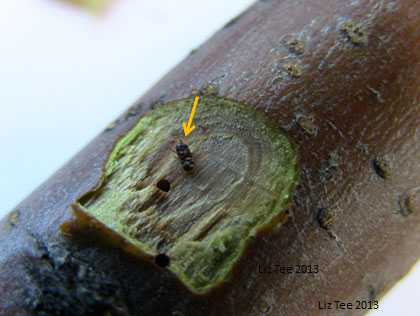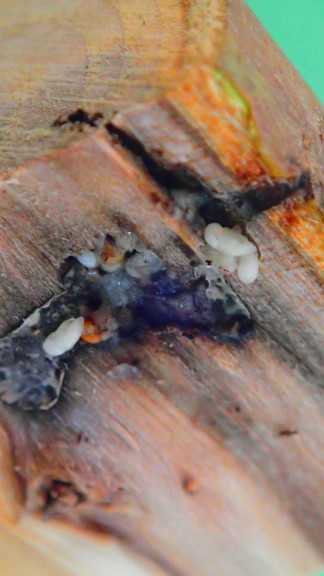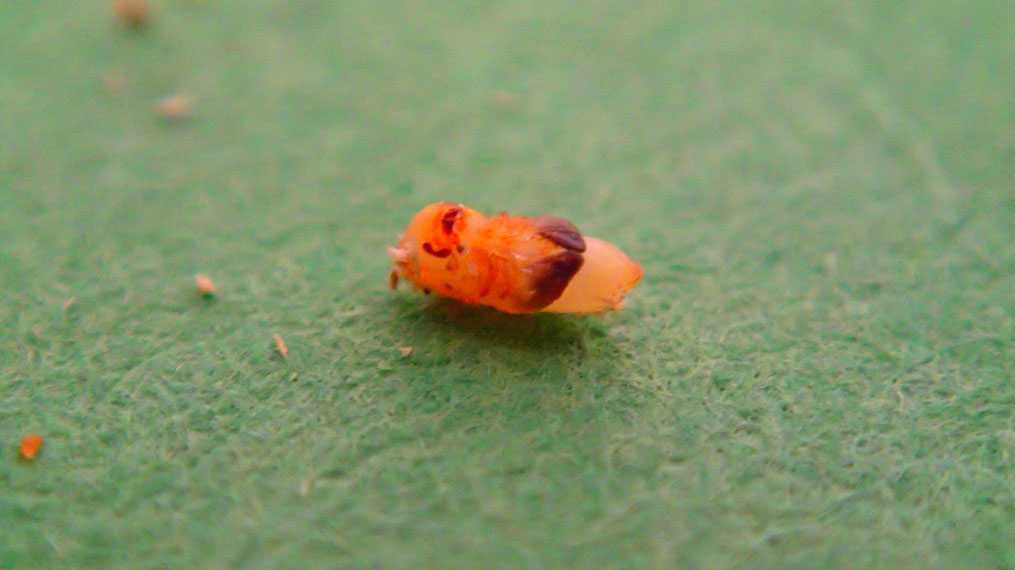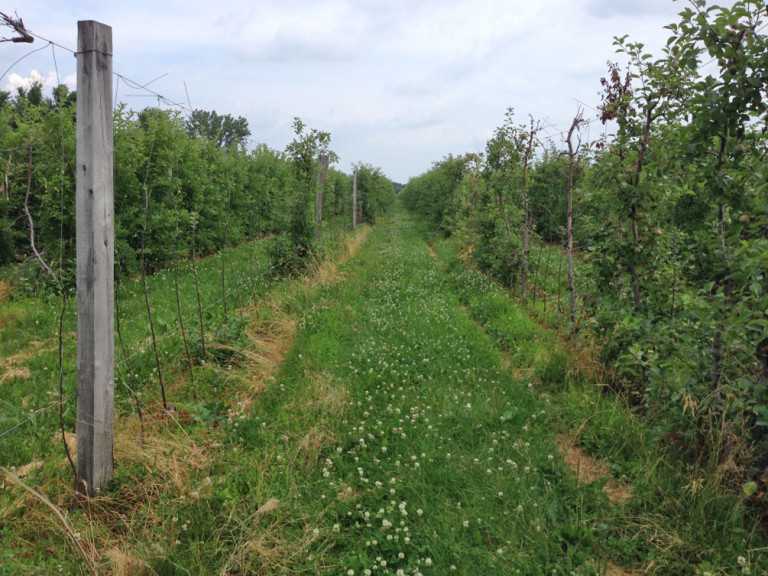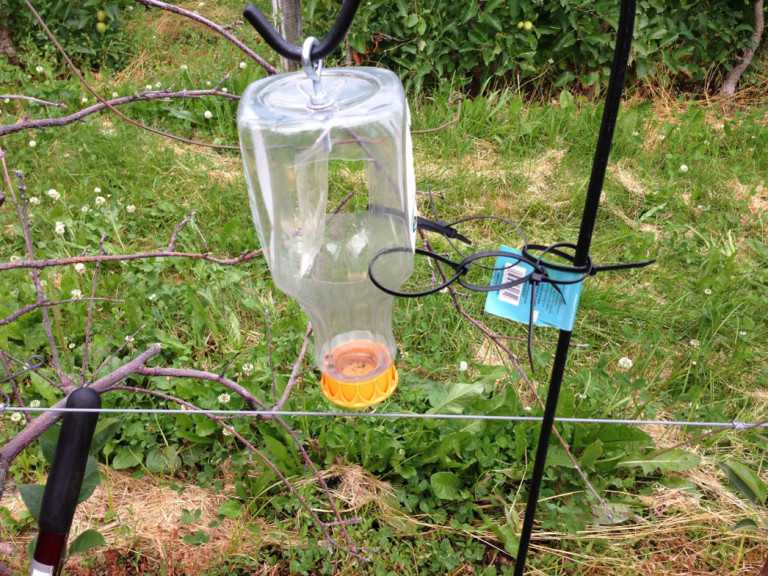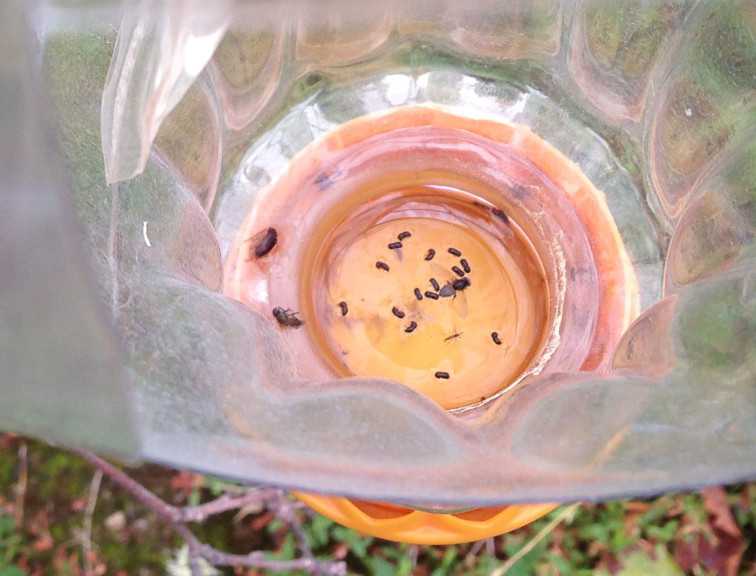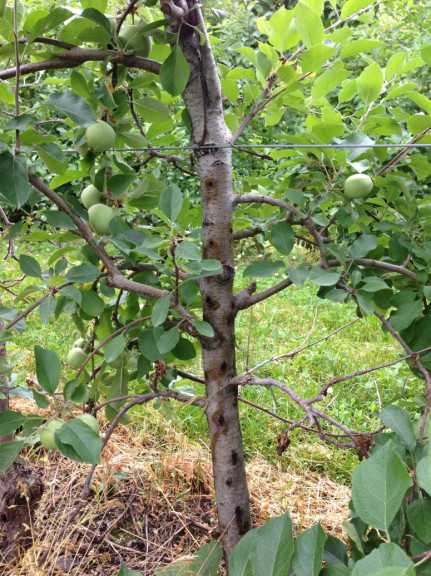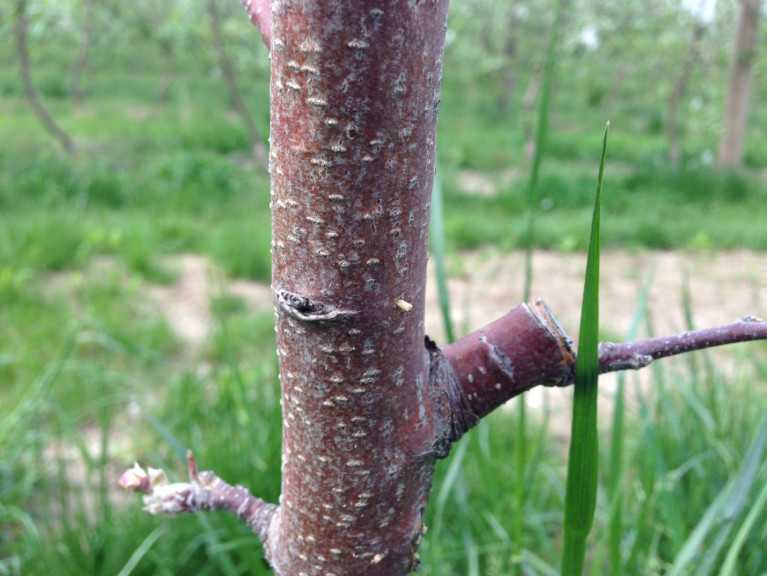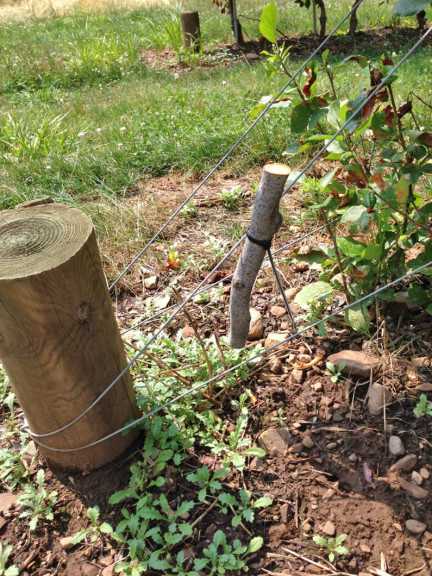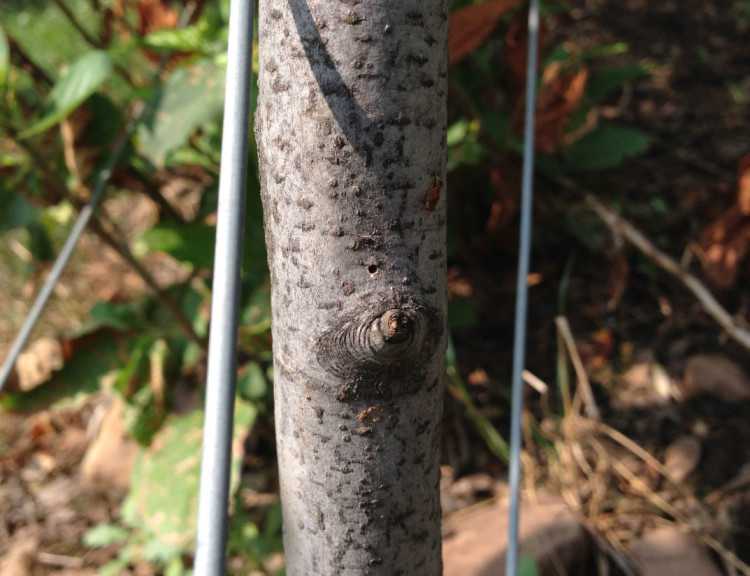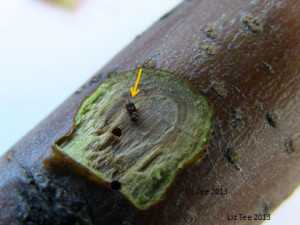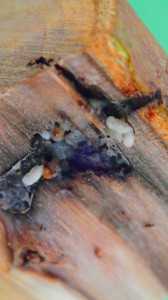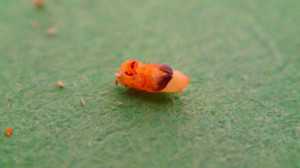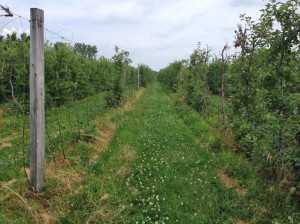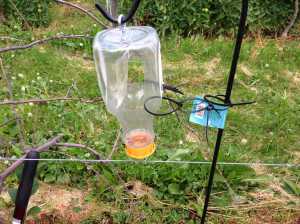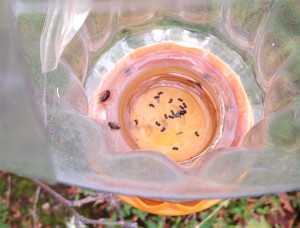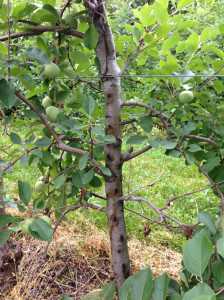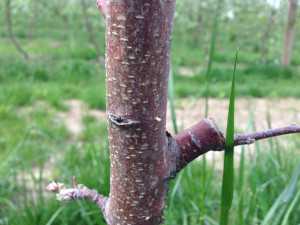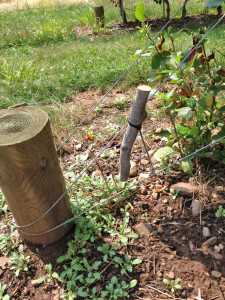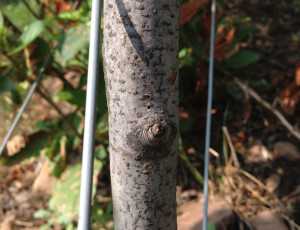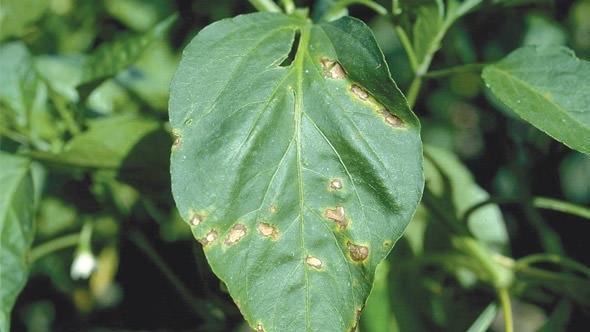Black Stem Borer: Old Pest, But New Problem For New York Apple Growers [Slideshow]
[blackoutgallery id=”62884″]
The black stem borer (BSB) is not a new pest in the U.S. however, we first detected black stem borer in 2013 in six sites in the Lake Ontario fruit region of New York, and have identified at least eight more sites this year. These beetles have killed large numbers of apple trees in western New York.
The BSB was introduced from Eastern Asia and first detected in New York in 1932. It has since been detected in most parts of the U.S. It is a general wood boring insect, in the group called Ambrosia beetles, with a huge list of suitable hosts including American beech, maple, dogwood, black walnut, oak, magnolia, and several other ornamental and forest species. It was also documented in apple and sweet cherry in 1982.
How They Infest Trees
The tiny black beetles overwinter in galleries at the base of infested trees. The first beetles emerge from overwintering sites to infest new sites after two to three days with temperatures of at least 68°F. This means they can first become active in early-late April. One study cited the first activity within four days after first bloom on Norway maple, and full bloom on border Forsythia.
The second generation is expected to start in late July or early August based on literature from Ohio, but our traps continue to capture adult beetles in early July.
Only females fly and emerge in spring to colonize new hosts. The adult female drills a hole approximately 1 millimeter in diameter, and hollows out a channel into the heartwood of small trees. The female tunnels into the sapwood of a small tree (2 to 50 centimeters diameter) and starts to culture a fungal food source, Ambrosiella hartigii. She lays her eggs (tiny, 1 millimeter, white, football-shaped) in the chamber. She lines the chambers with the Ambrosia fungus for the larvae, (also white, with three instars) to feed on before they pupate to develop as an adult.
It is this fungus that the larvae will feed on in the brood chambers, not the tree. It takes about 30 days for development from egg to adult. The ratio of females to males is about 10 to 1. The females can lay 2 to 54 eggs, depending on the host, but they average about 18.
Although the biology of this insect is not fully understood, we believe it has two generations per year in New York. Late in the summer, the beetles will migrate to a hole lower in the trunk to overwinter where researchers have found as many as 100 in a chamber. The beetles go into diapause in the summer and will not be active again until the next spring.
What Growers Need To Know
So far orchards where BSB has been detected are tall spindle or super spindle plantings in areas of wet soil conditions, or where no irrigation is available. Although these borers have a reputation of attacking stressed trees that are giving off ethanol volatiles, they also have been reported to attack apparently healthy trees. In the spring the trees look like they are weaker than uninfested trees and with some flakey bark. However, some look perfectly healthy. Other infested trees ooze sap or have fire blight oozing from the entry holes.
If the weather is calm and dry, growers might be lucky enough to see the “toothpick” frass pushed out of the holes. Upon close inspection, growers might find small pin pricks (1 millimeter in diameter), and the tiny black beetle in the hole. Using loppers or a pruning saw, growers can cut 1/8 to 1/4 inch from the hole to see the galleries that extend perpendicular to the trunk of the tree and are hollowed out a bit vertically to accommodate the brood of eggs; additional channels may be cut into the pith of the tree.
Although several chemical and biological controls have been tested, researchers have not yet identified anything that will stop these beetles. With a very wet spring or fall and poor soil drainage, you might see more damage the following season. The fungus the beetles carry with them can kill the trees as well and does not seem to be dependent on any particular weather condition.
What To Do If You Detect BSB
If growers identify black stem borer in their high density orchards, the recommendation (in ornamental nursery situations) is to rogue the infested trees (taking the rootstock as well), and take them to a location where they can be burned immediately. The grower might start a trapping program using ethanol-baited traps, checking them weekly.
A second trapping method we might be able to use for trap cropping is to adopt the system used by USDA — 12-inch beech loglets (1 inch in diameter) soaked in 15% ethanol for three days and deployed outside of the orchards as super-attractive targets — to time insecticides for when the beetles emerge from the galleries to find a new place.
As we looked in orchards where this problem was extensive last year, many trees showed crisp, blistered bark. We marked the trees and expected them to collapse the next spring. But to our surprise, many of the trees were still healthy — green trees with no sign of collapse.
It seems if we can find an effective control tactic to prevent continuous infestation of the trees in your high density plantings, tree removal may become unnecessary.
Control Methods
The ornamental nursery industry, where this is a serious pest, relies on pyrethroids on a two-week schedule which would certainly be a challenge in apples with concerns over how it would impact mite control. The nursery industry has also tested neonicotinoids, anthranilic diamides (cyazypyr, acelepryn), and tolfenpyrad and has not found them to be effective in controlling BSB.
We have nothing registered specifically for control of this pest except for Syngenta’s Warrior II or Winfield Solution’s Grizzly Z, lambda-cyhalothrin, labeled for tree borer species, but we have no experience or efficacy data to make any recommendations at this time. It is also expected that chlorpyrifos trunk sprays for borers may be effective, but will not prevent higher points of entry which have been seen as high as 4 feet in the tree.
We — along with Kerik Cox — are working on this pest to better understand the biology and identify viable controls. We are also trying to document economic damage for this pest so this issue can get more attention for research.




